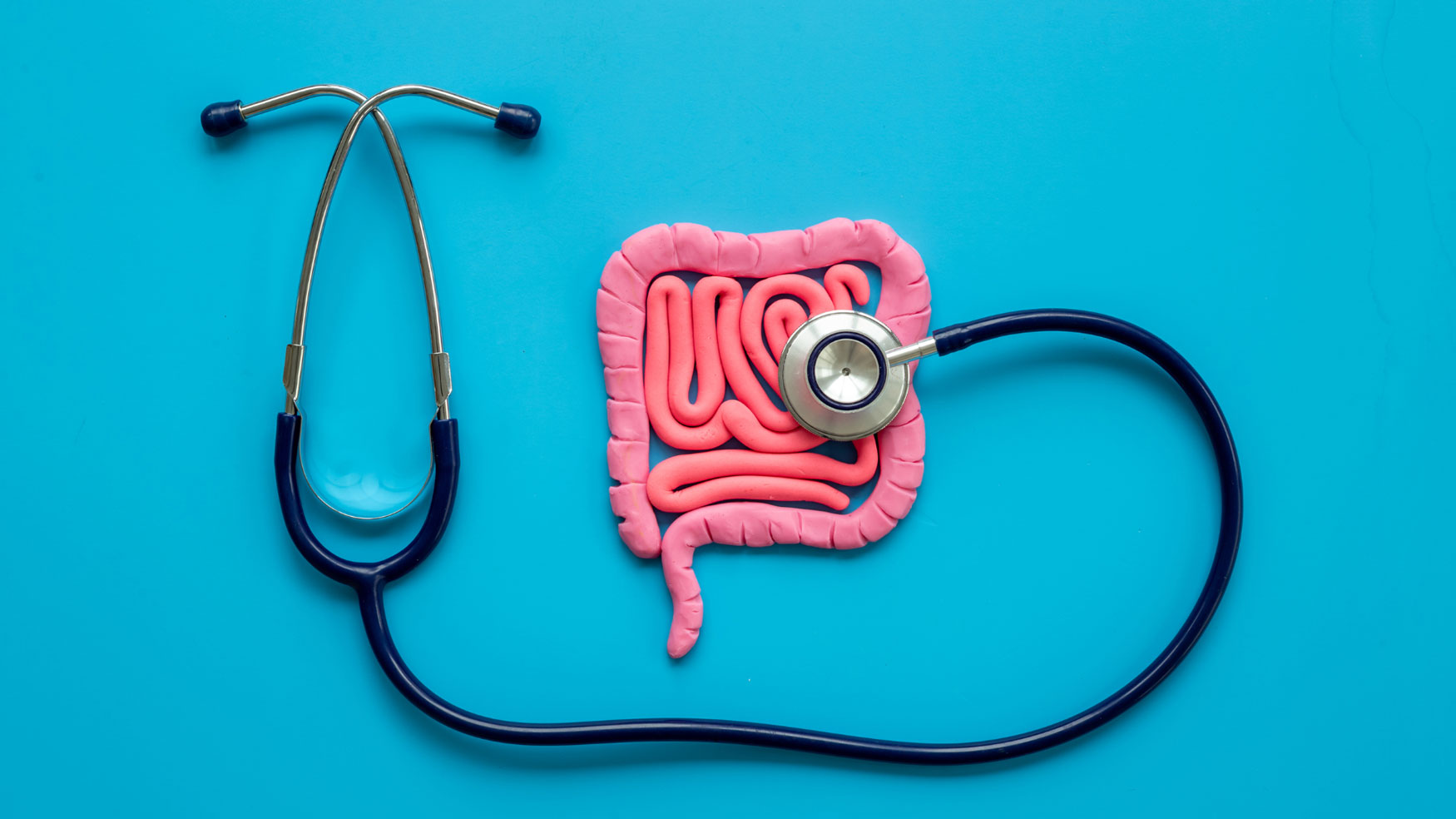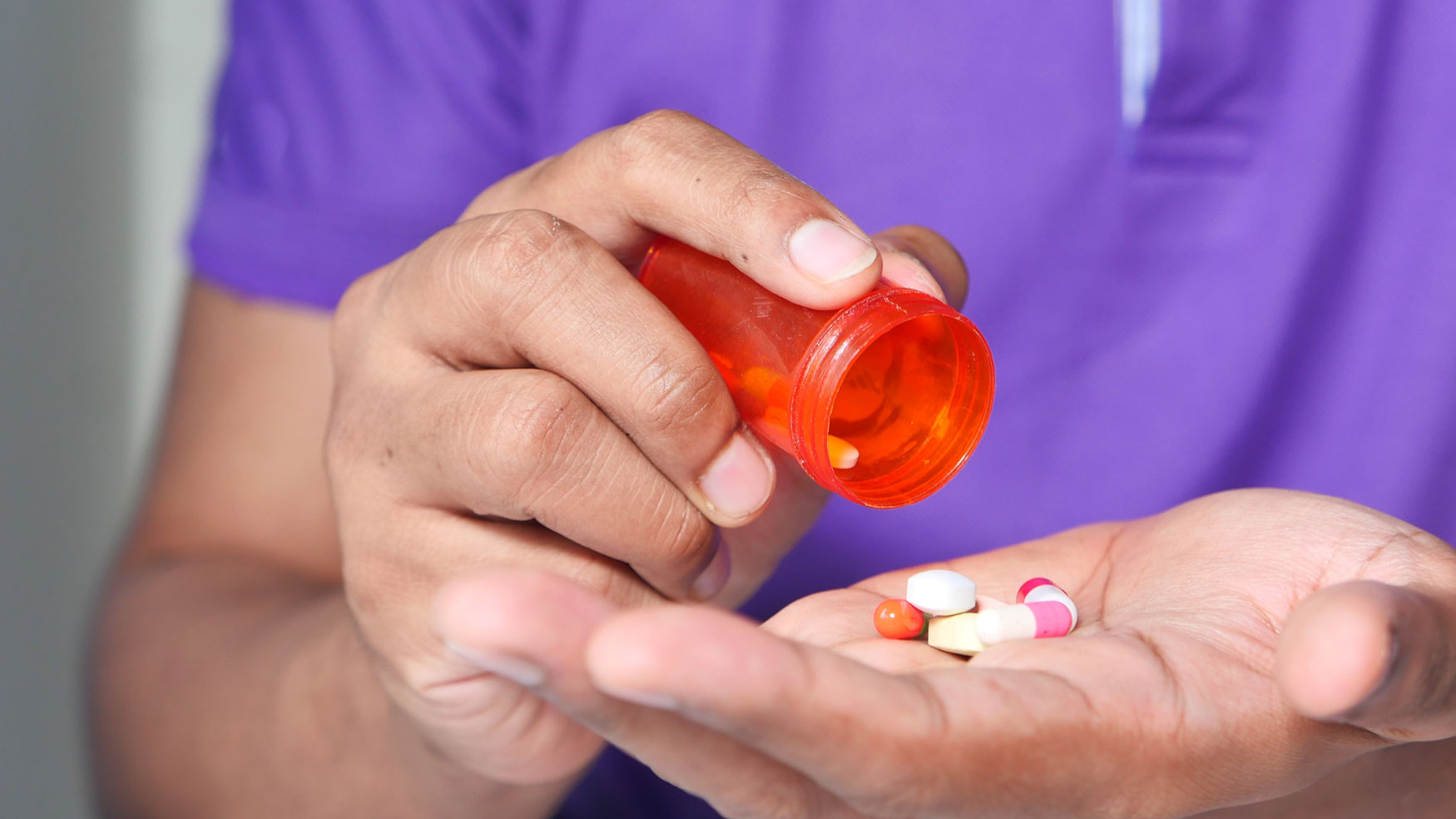
Table of Contents
Key Points
- Vicodin has a high potential for abuse because it contains hydrocodone (opioid) and acetaminophen (analgesic).
- Hydrocodone is stronger than morphine, yet it can be found in prescription medications.
- Acetaminophen toxicity can cause serious liver damage and is responsible for 500 deaths annually in the US.
- Vicodin will leave your body in approximately 2 days, depending on several factors.
- Do not let Vicodin control your life. Get addiction treatment immediately.
What is Vicodin?
Vicodin is a combination drug with a high potential for abuse, containing the opioid hydrocodone and acetaminophen.
Hydrocodone is among the most widely illegally distributed prescription opioids.[1] Incidentally, it is almost exclusively administered within the United States.
Acetaminophen toxicity is responsible for 56,000 ER visits, 2,600 hospitalizations, and 500 deaths every year.[2] It’s also the most common cause of liver transplantation in the US.[3]
What is Hydrocodone?
Hydrocodone is an opioid receptor agonist. Hydrocodone is 1.5x stronger than morphine, and as such, it relieves the experience of moderate to severe pain that cannot be managed with non-opioid alternatives.[4]
Due to its calming effect on the “cough center” in the brain, non-combination hydrocodone is also used as a cough suppressant in patients who are otherwise terminally ill (like advanced-stage cancer).
Hydrocodone comes in IR (Immediate Release) and ER (Extended Release) formulas. Extended-release hydrocodone could benefit patients who are intolerant to morphine or oxycodone.
Although ER hydrocodone is more often prescribed because it is believed to have a lower potential for addiction, the data suggests that both IR and ER opioid medications have the same abuse potential.[5]
Hydrocodone’s Mechanism of Action
Hydrocodone binds to opioid receptors in the brain that are responsible for transmitting the sensation of pain throughout the body.[6] While not fully eliminating it, opioids like hydrocodone can decrease the subjective intensity of chronic pain by binding to those receptors.
Those activated opioid receptors signal the brain to release the hormone dopamine. Dopamine is a feel-good chemical we experience when we eat, drink, sing, dance, listen to good music, and have sex. As anyone who has participated in these activities knows, the hyper-focus on pain is reduced when we are experiencing the effects of dopamine.[7]
What is Acetaminophen?
Paracetamol was an analgesic and antipyretic; eventually, it was renamed “acetaminophen.”[8] While it has anti-pain and anti-fever qualities, acetaminophen isn’t anti-inflammatory. It may reduce the pain associated with fever, but it won’t reduce the inflammation causing the fever.
Non-combination acetaminophen is one of the most commonly used analgesics in the world. In 1998, it was formally approved for combination with hydrocodone to treat chronic pain.[9] But since the early 2000s, a growing body of research documents that severe liver damage is associated with acetaminophen overdoses.
Most acetaminophen toxicity cases are accidental. In response to this growing body of research, in 2011, the FDA required that the average dose of acetaminophen in vicodin tablets be decreased from 500mg to 325mg.[10]
Acetaminophen’s Mechanism of Action
Acetaminophen’s exact mechanism of action continues to elude scientists. The current prevailing theory is that acetaminophen inhibits certain enzymes to reduce the experience of pain.[11]
Because acetaminophen is one of the most commonly used analgesics in the world and acetaminophen toxicity is associated with serious liver damage, additional research must be conducted to learn more.[12]
How Long Does Vicodin Stay in Your System?
The average length of time it takes both individual drugs in Vicodin to leave your system is about 2 days. Every person’s length of time eliminating Vicodin will be unique. Some different factors that could impact the exact time it stays in your body include your age, weight, gender, potency of your last dose, and the average frequency of your dosing.
An elimination half-life is the time it takes for 50% of a given substance to be eliminated from your body. It takes 4 to 5 successive elimination half-lives to statistically eliminate a substance entirely from your body.
What is the Half-Life of Hydrocodone?
Once metabolized, hydrocodone’s primary bioactive metabolite is hydromorphone. Pain relief is caused by peak hydromorphone plasma concentration in blood.[13]
- The elimination half-life of immediate-release (IR) hydrocodone is 4 hours, which means IR hydrocodone can be statistically eliminated from your body between 16 to 20 hours.[14]
- The elimination half-life for extended-release (ER) hydrocodone is 7 to 9 hours, which means ER hydrocodone can be statistically eliminated from your body between 28 to 45 hours.[15]
What is the Half-Life of Acetaminophen?
Once metabolized, 5-10% of acetaminophen is oxidized into a toxic metabolite, which damages your liver.[16] When the pain reliever is taken at normal dosage levels, your liver can adequately eliminate toxins.
But at toxic levels of acetaminophen dosage, your liver gets overwhelmed and can sustain damage. As such, the elimination half-life of acetaminophen is 2 hours, but in the case of toxic overdose, it’s 4 to 8 hours.[17]
The extended elimination half-life is directly related to the extent of liver damage. You can statistically eliminate acetaminophen from your body in 8 to 10 hours with normal doses and eliminate it anywhere from 16 to 40 hours following a toxic overdose.
How Long Does It Take Vicodin to Work?

Mild Side Effects of Vicodin
Mild side effects of Vicodin include short-term relaxation, lightheadedness, dizziness, nausea, and vomiting.[20]
Dangerous Side Effects of Vicodin
One dangerous side effect of Vicodin is respiratory depression, which can prevent oxygenated blood from reaching the brain.[21] Other serious adverse symptoms include:
- Mental clouding, anxiety, fear, and abrupt mood changes
- Urinary retention
- Constipation
- Hearing loss and tinnitus
- Persistent itching or spreading rash
Treatment For Vicodin Addiction
Don’t let a Vicodin addiction hold you in its grasp. Break free today and start pursuing addiction treatment. There are many ways to find local, discrete, and compassionate care for your Vicodin addiction.
Ask your doctor for a treatment center recommendation, or contact Ocean Recovery today. We specialize in drug, alcohol, and eating disorders for the Orange County community.
Long-term recovery is possible. A new, healthy, and free life is possible for you. We firmly believe in your potential for a supported and successful recovery. Now, you just have to believe in yourself and take action. Call now to speak with our team and get the help you need.
Frequently Asked Questions About Vicodin
OCEAN RECOVERY EDITORIAL GUIDELINES
The internet contains a vast amount of misinformation, but when it comes to your health only peer reviewed, research centered data matters. At Ocean Recovery, all content published throughout our website has been rigorously medically reviewed by a doctorate level clinician, and cross checked for medical accuracy. Our editorial process helps our readers trust that the information they are consuming is factual and based upon scientific data. Your health is our top priority, find out more about how we safeguard the integrity of information on our website. Read More About Our Process




